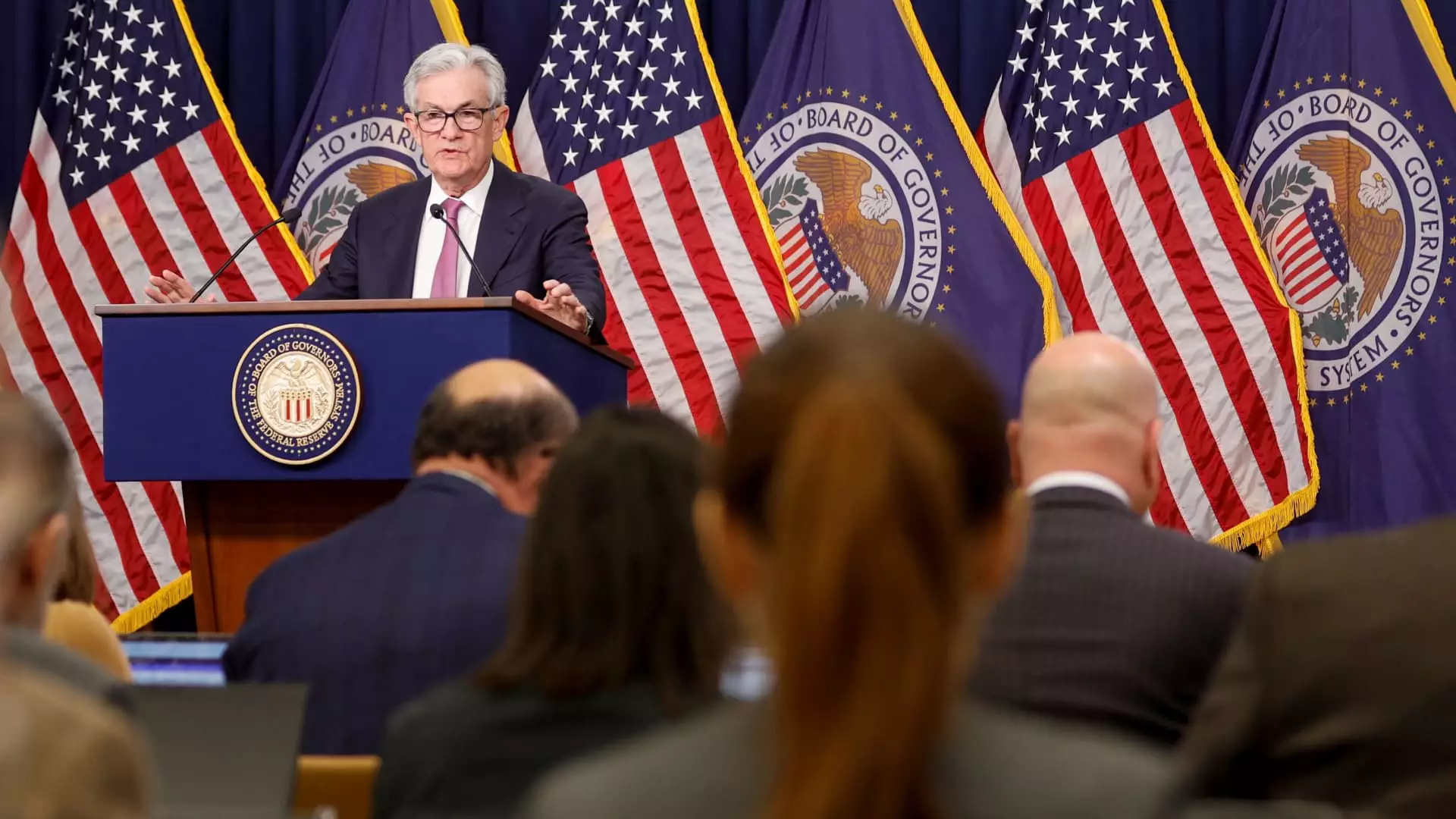In 2024, the Federal Reserve made a notable decision to decrease its interest rate target three times, fostering hopes among many Americans that mortgage rates would soon dip. However, industry experts caution that such expectations may be misguided. Jordan Jackson, a global market strategist at J.P. Morgan Asset Management, suggests that prospective homeowners should brace themselves for rates to remain between six and a half and seven percent for the foreseeable future. This sentiment highlights an ongoing challenge for homeowners desperate for relief from high borrowing costs, which, unfortunately, may not become a reality.
While Fed policies do influence mortgage rates, their correlation with long-term borrowing rates on government debt is undeniable. In particular, the yield on the 10-year Treasury note has been rising, driven by investor speculation on possible fiscal expansions from the government as early as 2025. This, in combination with fluctuating mortgage-backed securities market indicators, creates a complex backdrop for new mortgage rate determinations. Consequently, many homeowners may find themselves at the mercy of these intertwined financial dynamics.
Economists at Fannie Mae point out that the Federal Reserve’s handling of its mortgage-backed securities portfolio significantly impacts current mortgage rates. During the pandemic, the Fed engaged in aggressive asset purchases, a strategy known as quantitative easing, aimed at stimulating economic activity. This tactic successfully narrowed the gap between mortgage rates and Treasury yields, making loans more affordable and providing opportunities for refinancing. However, Matthew Graham, COO of Mortgage News Daily, argues that the Fed’s aggressive purchases during this period may have been ill-advised, as they led to a distortion in the mortgage market.
In the subsequent year, the Federal Reserve initiated a shift towards quantitative tightening, allowing its asset holdings to mature and roll off the balance sheet. This transition is critical, as it introduces upward pressure on the spread between mortgage and Treasury yields, directly influencing the borrowing landscape. George Calhoun, director of the Hanlon Financial Systems Center, emphasizes that this change has contributed to rising mortgage rates, further complicating an already challenging environment for potential homebuyers.
As the Federal Reserve navigates its monetary policy, the mortgage market remains under considerable scrutiny. Prospective homebuyers and current homeowners contemplating refinancing will have to contend with a reality where interest rates may not decline as quickly as desired. While the hope for lower mortgage rates is palpable, understanding the underlying economic principles and the Fed’s approach to managing its balance sheet is essential for making informed decisions.
As we look towards the future, the interplay between federal monetary policy, government borrowing rates, and mortgage-backed securities will continue to shape the landscape for American homeowners. The anticipation of a financial reprieve may be a drawn-out process, signifying the importance of strategic financial planning in an unpredictable economic climate.

